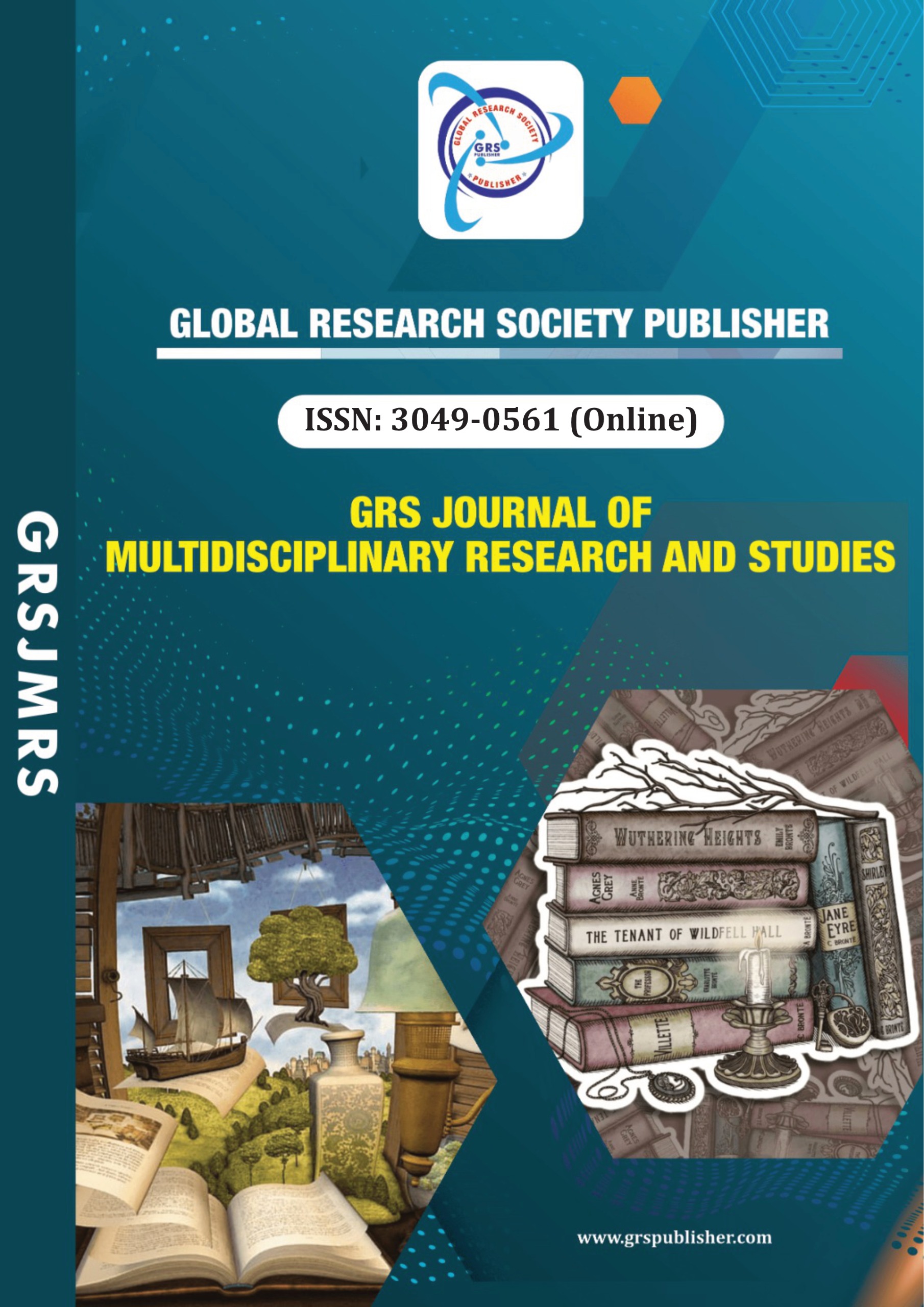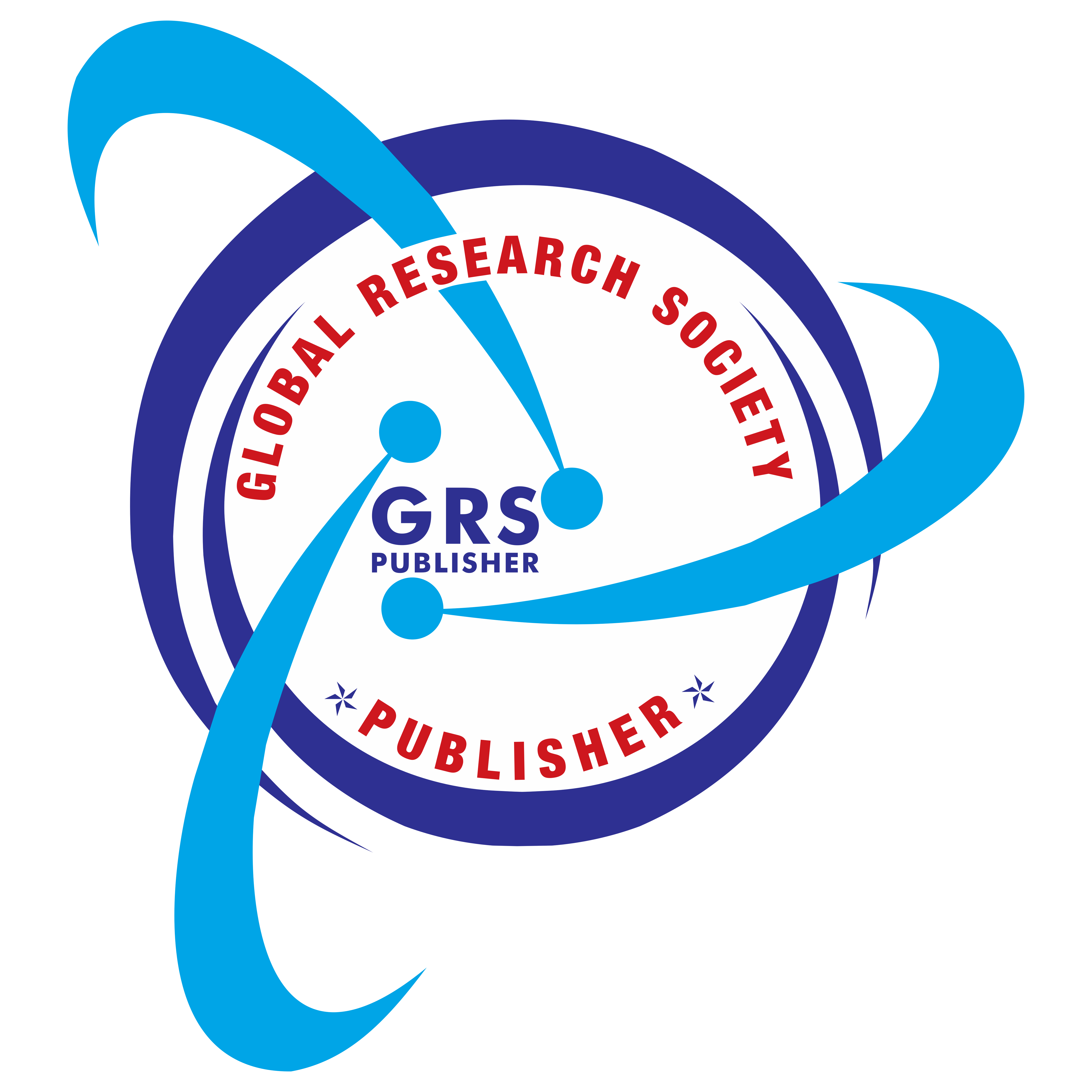Method of Mixed Element Alloyed in Ti Based Alloy and the Diffusion of Alloyed Element in Ti Alloy
Sr No:
7
Page No:
41-69
Language:
English
Authors:
Ren Xu*, Xubiao, Xiang Yun.
Published Date:
2025-04-28
Abstract:
The mixed element method P/M Ti alloy has advantages in production cost, freedom of composition selection and microstructure design than Ti alloys prepared by casting deformation and other powder metallurgy methods, and is the most promising method for preparing low-cost Ti alloys. a craft. In order to obtain fully dense sintered alloys with uniform and fine microstructure and low impurity element content in a simple process, the thermal expansion simulation test, optical microscopic analysis, X-ray diffraction analysis, SEM microscopic analysis, TEM microscopic analysis were carried out in this paper. By means of analysis and mechanical property testing, the effects of alloying elements such as Fe, Mo and Nd on the sintering behavior and evolution of Ti alloys’ properties and microstructure were emphatically studied, and the following conclusions were drawn:
1. The addition of iron is beneficial to the sintering and densification of Ti-Fe alloys, and the promotion effect is greater with the increase of iron content. With the increase of iron content, the average size of the original β-grains and the average size of the flaky α-clusters of the Widmandarin sheet structure of Ti-Fe alloys increased, the thickness of the α-sheets decreased sharply, and the tensile strength increased significantly. Moreover, when the sintering temperature increases, the average size of the original β-grain, the average size of the α-cluster and the thickness of the α-sheet increase sharply, and the tensile strength and elongation decrease rapidly. This is the combined effect of the β-phase stabilization of iron and the high diffusion rate of iron.
2. The addition of Mo element is majorly beneficial to the microstructure refinement of Ti-Mo alloy. The research shows that the addition of Mo element refines the Widmandarin flaky structure of Ti-Mo alloy, and after increasing the sintering temperature, the structure of Ti-Mo alloy does not grow significantly. The fundamental reason is the lower diffusion rate of Mo atoms. The addition of Mo element is beneficial to enhance the tensile strength of Ti alloy, which is majorly due to the grain refinement effect of Mo element.
3. The addition of Nd element is beneficial to the sintering and densification of Ti alloys. The main reason is that the three phases of NdAl2, NdAl3 and Nd3Al in the added Nd-Al alloy form a transient liquid phase, which promotes the diffusion of Ti matrix. In the sintered Ti alloy, two types of Nd-rich second-phase particles are formed: one is precipitated in the crystal of the Ti matrix, and the shape is mostly ellipsoid with a uniform structure; the second type is precipitated on the grain boundary, with a shape Mostly irregular, with a multi-layer organizational structure. It is difficult to determine the exact phase structure of the two types of Nd-rich second-phase particles, and it can be considered that the particles are composed of some transition-state Ti-Nd-O complexes. Meanwhile, the formation mechanism of two types of Nd-rich second-phase particles is predicted. The addition of Nd element is beneficial to improve the Ti alloy’s mechanical properties . The fundamental reasons can be attributed to two points: one is to obtain higher sintering performance and reduce the porosity; the other is to capture the oxygen in the element powder, realize the purification of the Ti matrix, and lead to more sintered Ti alloys. Residual β phase.
Keywords:
Ti alloy, alloying elements, mixed element method, sintering behavior, microstructure evolution,Mechanical properties.
Journal: GRS Journal of Multidisciplinary Research and Studies
ISSN(Online): 3049-0561
Publisher: GRS Publisher
Frequency:
Monthly
Language:
English

